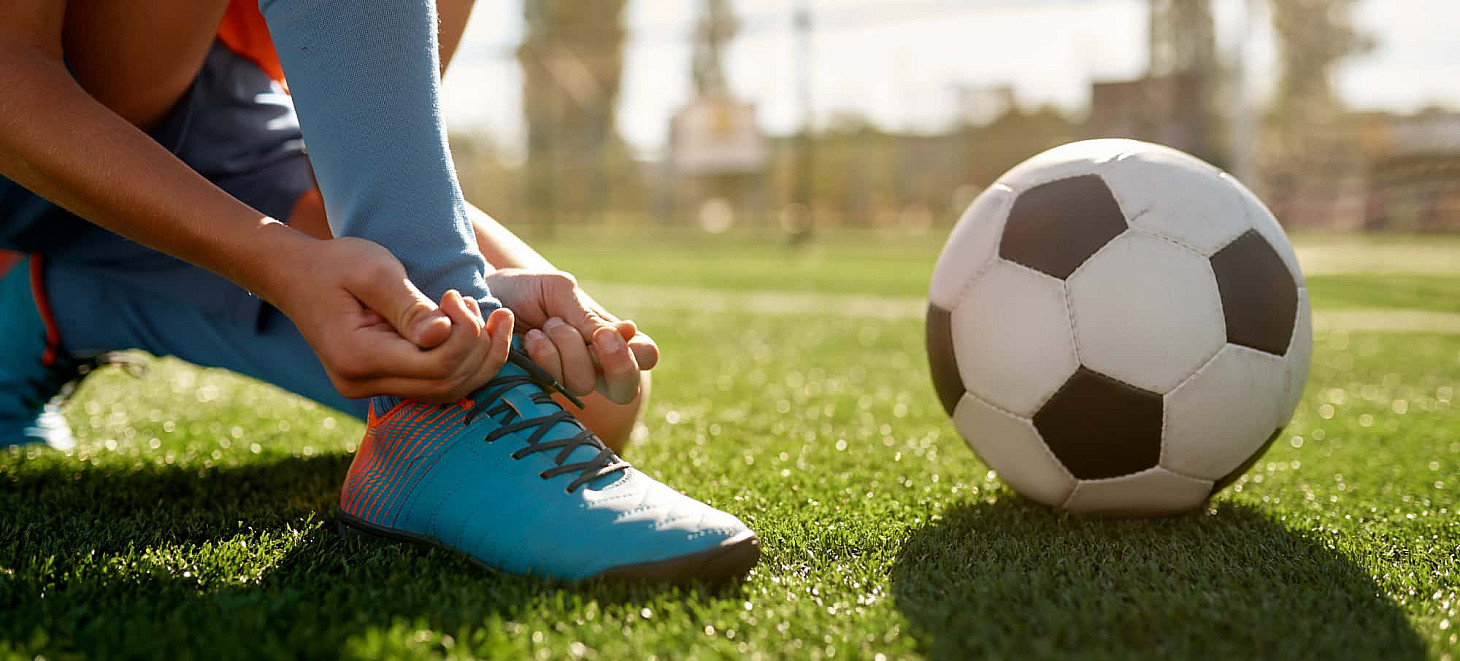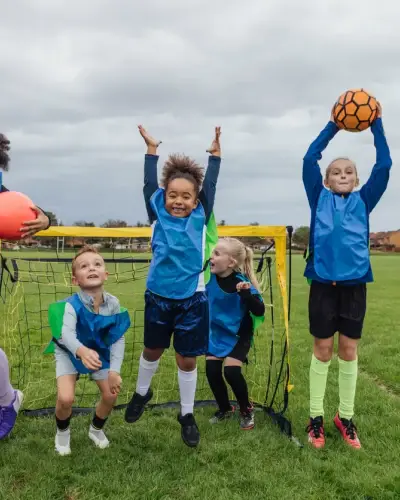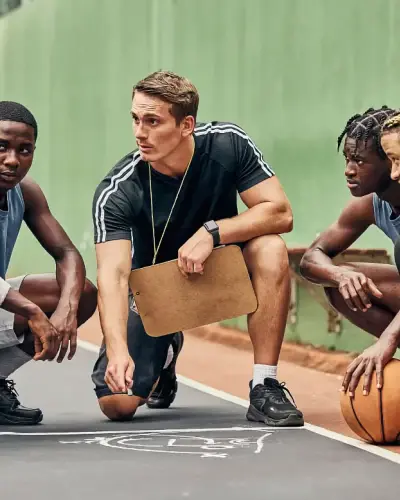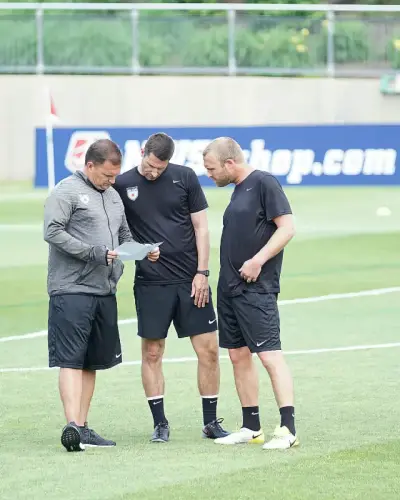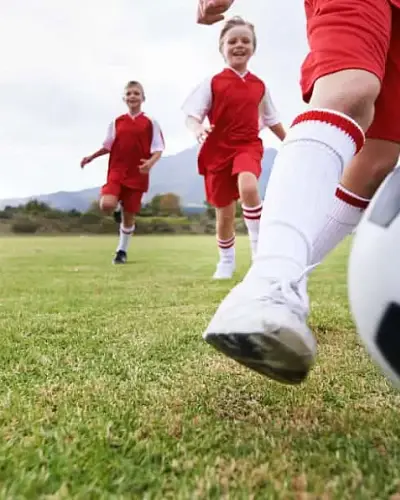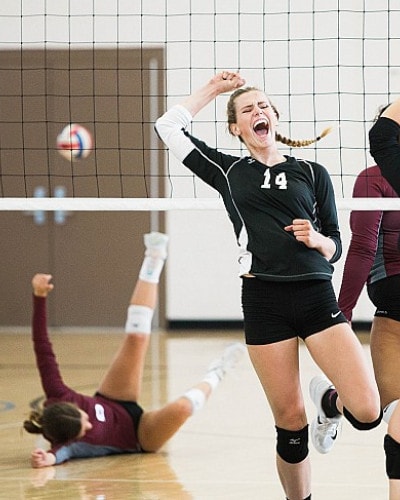Early Sports Specialization – Beneficial or Harmful?
Do young athletes need to commit to a single sport early in order to become professionals and reach the highest level? Are elite performances only possible through early specialization? Or is a broad athletic foundation more beneficial? Can players benefit from participating in multiple sports?
In football, a growing trend sees top clubs scouting players at a very young age. Talent scouts are often present at U9 games, looking for promising players to integrate into youth academies (NLZ). Gaining early access to professional training environments is seen as a stepping stone toward a successful career.
Many young athletes who want to engage in multiple sports are told they must choose one to succeed. But is early specialization truly necessary? Below, we outline the pros and cons of both early and late specialization. As with many aspects of sports science, there is no black-and-white answer—the truth lies somewhere in between.
What Is Early Sports Specialization?
Early sports specialization refers to a commitment to a single sport before adolescence. It includes:
✔ Choosing a primary sport
✔ Training for more than eight months per year
✔ Dropping all other sports to focus exclusively on one (1)
Certain sports require early specialization. For example, ice hockey players need to master skating techniques at an early age, and elite gymnasts often reach peak performance before adulthood, making early specialization essential.
However, exclusively focusing on one sport too early can have significant risks. Research (2,3) suggests early specialization can negatively impact young athletes in the following ways:
Potential Risks of Early Specialization
❌ Increased Risk of Overuse Injuries – Repeating the same movements without variation places excessive strain on specific muscle groups.
❌ Psychological Stress & Burnout – Constant training and pressure to succeed can lead to mental exhaustion.
❌ Limited Athletic Development – Focusing on one sport too early can hinder the development of diverse motor skills, reducing overall athletic potential.
❌ Negative Impact on Long-Term Health – Specialization can increase injury risk and lead to lower overall well-being.
Crucially, early specialization does not guarantee success. Many elite athletes have engaged in multiple sports during their youth (2-4).
Advantages of Late Specialization
Delaying specialization and participating in multiple sports offers numerous benefits (2,3,5):
✔ Lower Risk of Injuries – A diverse sports background strengthens different muscle groups, reducing the likelihood of overuse injuries.
✔ Better Mental Well-Being – Exposure to various sports reduces pressure and stress, lowering the risk of burnout.
✔ Broader Athletic Skillset – Playing multiple sports enhances motor skills, tactical awareness, and adaptability.
✔ Better Long-Term Health – Engaging in multiple sports reduces injury rates and supports better overall fitness.
✔ Improved Tactical & Creative Thinking – Athletes with experience in different sports often develop better decision-making and problem-solving abilities.
When Should Athletes Specialize?
The ideal age for specialization varies by sport. While some sports require early specialization (e.g., gymnastics, figure skating), team sports like football, basketball, and ice hockey allow for a later transition.
🔹 For most team sports, specialization is recommended between ages 14-18.
🔹 Endurance sports can often allow for even later specialization.
Parents and coaches should encourage multi-sport participation to support well-rounded athletic development. Structured training should be balanced with free play to prevent physical and mental fatigue.
A multi-sport approach not only improves physical abilities but also helps young athletes explore their interests. Even after committing to a primary sport, engaging in a secondary sport can provide valuable cross-training benefits.
⚠ Total weekly training time should not exceed 16 hours, and signs of stress, burnout, or injury should be monitored (2,3).
Conclusion
There is no universal right answer to the early vs. late specialization debate. Factors such as individual interest, physical potential, and sport-specific demands must be considered.
While some sports require early specialization, most team sports benefit from a diverse athletic background. A broad skillset often translates into better performance later in a career.
Coaches should adopt a flexible mindset, recognizing that cross-training in other sports is not competition but rather a valuable asset in athletic development. Young athletes should be encouraged to explore and enjoy their sporting journey, rather than being forced into early specialization.
References
- Myer GD, Jayanthi N, Difiori JP, Faigenbaum AD, Kiefer AW, Logerstedt D, et al. (2015). Sports Specialization, Part I: Does Early Sports Specialization Increase Negative Outcomes? Sports Health, 7(5), 437-42.
- Myer GD, Jayanthi N, DiFiori JP, Faigenbaum AD, Kiefer AW, Logerstedt D, et al. (2016). Sports Specialization, Part II: Alternative Solutions to Early Sport Specialization. Sports Health, 8(1), 65-73.
- Jayanthi N, Pinkham C, Dugas L, Patrick B, LaBella C. (2013). Sports Specialization in Young Athletes: Evidence-Based Recommendations. Sports Health, 5(3), 251-7.
- Garland WJ, Smith KL, Dixon JC, Horton S. (2023). Developmental Activities of Elite Junior Hockey Players: An Analysis of Early Sport Specialization. Front Sports Act Living, 5, 1253007.
- Baker J, Cobley S, Fraser-Thomas J. (2009). What Do We Know About Early Sport Specialization? Not Much! High Abil Stud, 20(1), 77-89.
